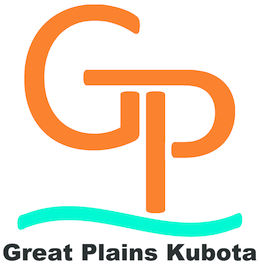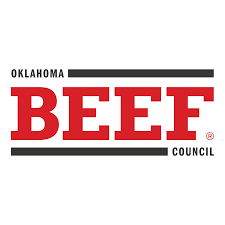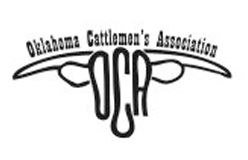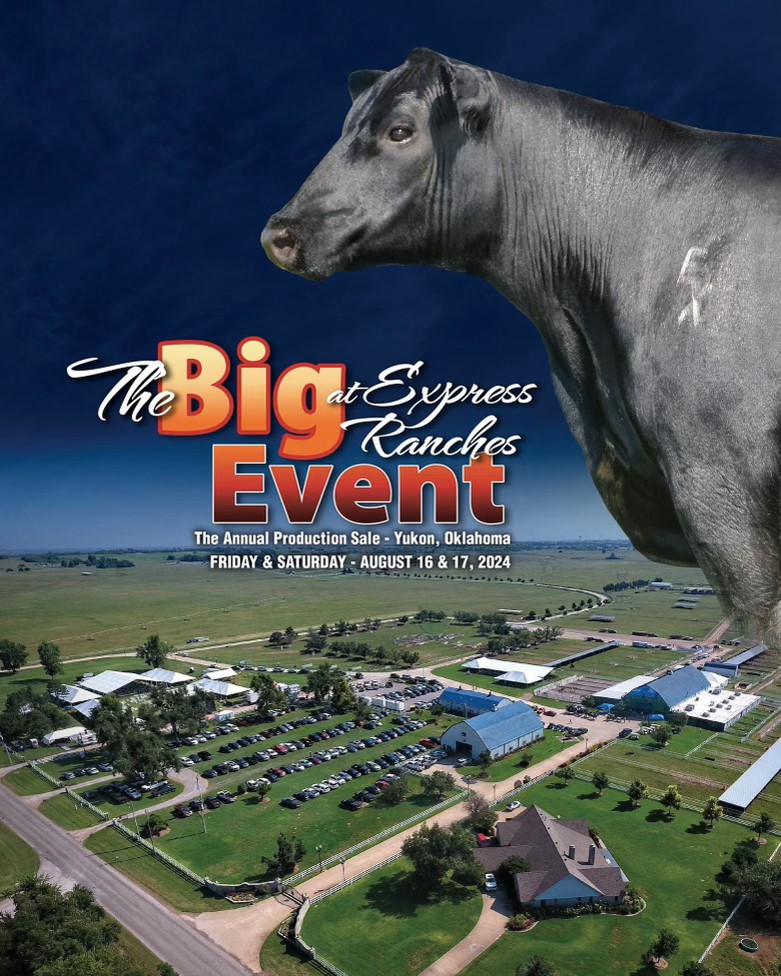
Agricultural News
Breeders Explain How Genomic-Enhanced EPDs Will Help Fast-Forward Progress
Tue, 22 Nov 2011 08:50:54 CST
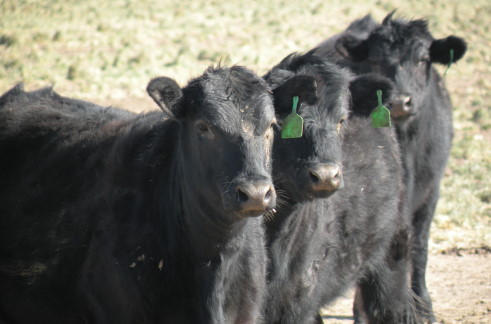 When it comes to the impact of DNA technology on the genetic evaluation process, Angus breeders say what used to take a number of years, and up to 20 progeny records to understand, is now available in a simple test. And, each says genomic-enhanced expected progeny differences (GE-EPDs) will help them deliver on promises to their customers.
When it comes to the impact of DNA technology on the genetic evaluation process, Angus breeders say what used to take a number of years, and up to 20 progeny records to understand, is now available in a simple test. And, each says genomic-enhanced expected progeny differences (GE-EPDs) will help them deliver on promises to their customers.
"All my life, and certainly my dad's life, we've worked hard to gather all of the data we could on our cattle - everything from birth weight all through carcass data," says Mark Gardiner, Gardiner Angus Ranch, Ashland, Kan. "Now, genomics are the next phase in genetic evaluation. In the past, we'd gather all of this information to find those prospects that we need to validate, but it was very, very slow. Genomic information takes a lot of that guesswork out, and will help expedite the speed and accuracy in which we do things."
Understanding genetic potential in younger animals is the reason Jarold Callahan, Express Ranches, Yukon, Okla., is counting on DNA technology to help further accelerate the Express Ranches Angus breeding program.
"We can identify the truly superior animals at an earlier age and capitalize on those genetics to improve the herd," he says. "By testing our calves, we also expect to save money because we don't have to invest a lot of additional resources in cattle that aren't exactly what we are looking for from an EPD standpoint. We believe there's a cost savings in the process that will pay for the cost of the testing."
Ultimately, it's about what the customer wants, says Joseph McKellar, McKellar Angus, Mount Pleasant, Texas. He says DNA technology can help boost their breeding program and provide another level of assurance for their buyers.
"By using DNA technology on our young females, we can get information that is equal to a lifetime of natural calf production," McKellar says. "Instead of waiting six or eight years down the road, we can get that information with a higher degree of accuracy now. And it's very important that when we sell a bull, he has to go out and do what we told that buyer he would. DNA technology gives us more affirmation that these animals will perform like we say they will."
Three ranches, three approaches
All three breeders are utilizing the High- Density 50K (HD 50K) panel from Pfizer Animal Genetics, to gain GE-EPDs and parentage information. However, each tailors the information to fit the goals of their breeding program.
At Gardiner Angus Ranch, all donor females have been DNA-tested, helping ensure their embryo transfer (ET) program is propagating only the best genetics. All new bulls and females will be evaluated based on their individual performance and ultrasound data. Then, DNA samples will be pulled from the top 30% of each group. Gardiner says this information will be used to help make final donor selection decisions and validate young sires.
Express Ranches is taking a different approach. All 2011 sale cattle and new calves will have GE EPDs, and they plan to continue testing calves at a very young age. Callahan says this information will help both the team from Express Ranches and their customers evaluate these young animals.
Callahan also appreciates that parentage verification is included in the HD 50K package. He says the ranch's extensive ET program leaves room for error when it comes to parentage, so it's an added bonus that this information is available from the same DNA sample, and for the same price.
At McKellar Angus, the DNA testing focus is on females and select sale bulls. McKellar says this information helps ensure they are introducing the best females into their ET program and that they are pointing their customers in the right direction with their bull purchases.
Their customer base consists primarily of commercial producers most interested in performance. Therefore, HD 50K helps provide more certainty that the bulls they are selling will transmit genes that align with superior growth.
No surprises
There have been some interesting and valuable results from their use of DNA technology, but none of these breeders has been surprised with the results.
"We haven't been shocked by any of the results on the negative side," Callahan says. "On the positive side, everything has trended the way we expected, but the genomic information has identified a few individuals within flushes that we now believe are superior. I think the information is doing a good job of sorting the genetics at an earlier age than what we could do without it."
Gardiner says he has seen divergent results between flush mates. Two full sisters both excelled in all phenotypic measurements. Once the DNA information was applied to their EPDs, their $B values moved significantly ? one to 73 and the other to 46. Gardiner says one of the females needed to enter the donor program to have multiple progeny; the other one became a commercial cow.
McKellar says the DNA information has helped confirm his intuition about individuals in his herd, helping guarantee he is making the right choices.
"We had a young female who was tremendous within her contemporary group as a young individual and so was her calf," McKellar says. "Once we received the HD 50K information on the cow, it confirmed what we predicted, and we put her in the donor program. This is just one example of an animal that we already thought was good to begin with, and the DNA information helped validate what we suspected."
By the numbers
Although each has explored other options for DNA testing, all three breeders are moving forward with HD 50K because of its coverage across the range of traits.
"When we analyzed the different options, we looked at the correlations from Angus Genetics, Inc.® (AGI), the flexibility for growth as well as the added bonus of parentage verification ? all of which led us to HD 50K," Callahan says.
McKellar says based on their customers' focus on performance, HD 50K demonstrated to be more valuable for their operation.
"Yearling weight is a very important trait for us to monitor, and the correlations for it along with the other growth traits are very strong," McKellar says. "This level of information can help us look at these animals apart from our environmental factors and determine their true genetic potential within our program, and, more importantly, determine what that animal can do for someone else."
No better time
While each breeder has a little different application for this technology, they all agree it's the future of the cattle business. McKellar says it's impossible to put value on a right decision.
"The cost of a DNA test is a lot cheaper than a breeding decision that was made with information that seemed very accurate at the time, but later on, proved to be less accurate," McKellar says.
Callahan says the incorporation of this information into the American Angus Association national cattle evaluation makes seamless adoption of this technology possible both for Angus breeders and their customers.
"This information is now very consumer-friendly, and it adds a level of confidence knowing that it comes from the same place as the EPDs we know and trust," Callahan says. "We've already seen acceptance of this information from our commercial customers. It gives them greater confidence in the EPDs, and greater security in their purchasing decisions."
Gardiner says with no end in sight for high corn prices, this technology is a way for Angus breeders and their customers to keep moving in the right direction.
"We sell logic and predictability for a living, so our bulls have to go hit the target of economic merit for our commercial producers to have a greater chance of profitability," Gardiner says. "HD 50K will help us identify our very best donors, bulls and prospective sires to validate to hopefully contribute to the beef industry as a whole. This technology is not only exciting and will help all segments of the industry have a greater chance of profitability ? I think it's necessary."
WebReadyTM Powered by WireReady® NSI
Top Agricultural News
More Headlines...



